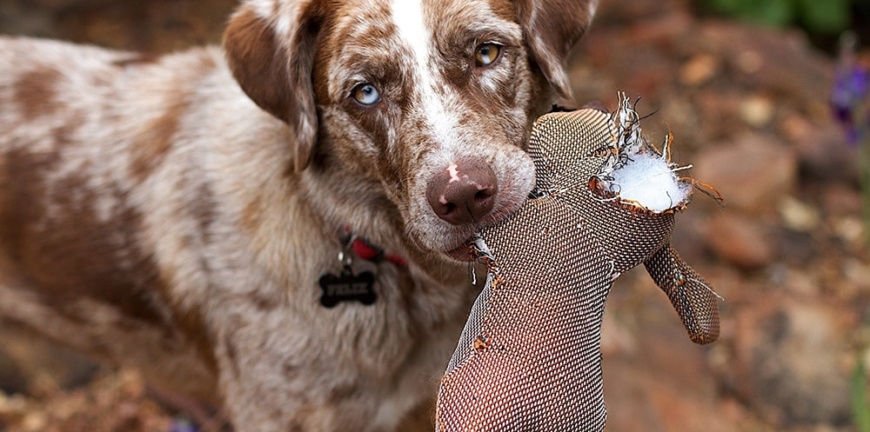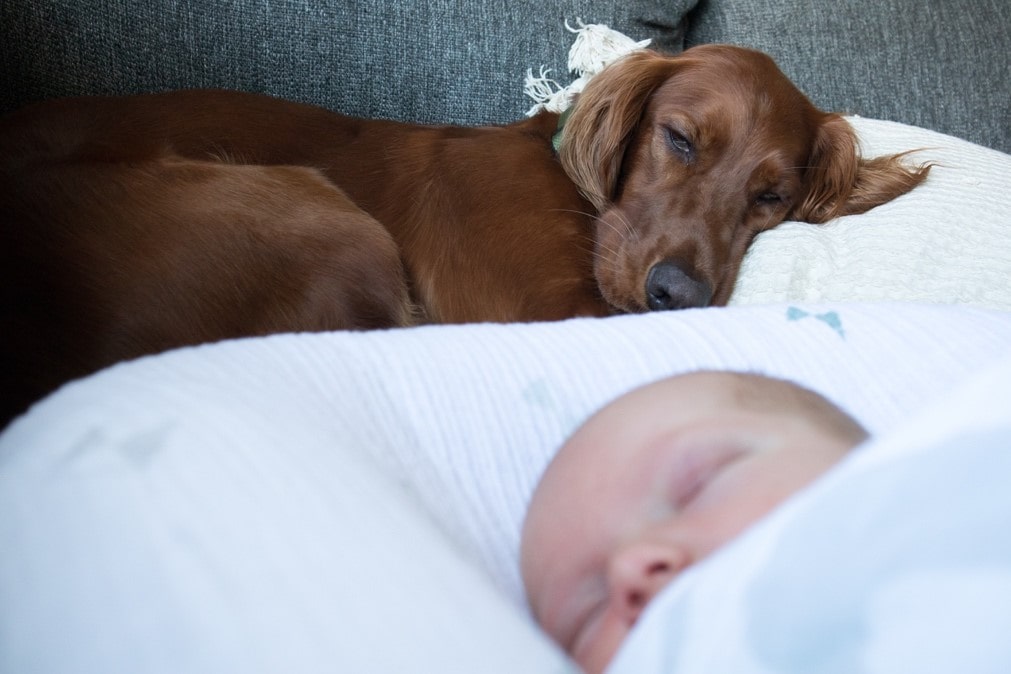August 12, 2020

How Do You Know if Your Dog is Sad?
Every loving owner wants their dog to live a full and happy life. However, just like us, there are times when even a usually happy and lively dog can become sad. There can be a variety of reasons for this, but one of the biggest challenges faced by owners is realizing that their furry friend isn’t their usual joyful self. Unfortunately, our animals aren’t able to tell us verbally that they aren’t happy. Instead, they need us to be vigilant and to observe changes in their behavior and body language that indicate that they are sad. Only then can we try and identify what is causing their low mood and take positive steps to rectify the reason and make them happy again.
Some of the most common causes of sadness and depression in dogs include:
- The loss of a loved one
- A new family member
- A new pet in the household
- Changes to your usual schedule
- Separation anxiety
- Moving to a new home
- Underlying illness

Here are some of the top signs that your dog is sad, and advice about how you can help them to feel better.
Changes in their appetite
You probably know yourself that your mood can significantly affect your appetite. Your dog is much the same. And like us, exactly how it changes their usual diet will vary depending on your individual canine. Some sad dogs will lose their appetite and seem uninterested in eating. If left for too long, they might even lose weight. However, the emotional response of other dogs will be to eat everything that they can, even to the point where it makes them sick. The key is to look for any extreme changes in your dog’s usual eating habits.
Sleeping all the time and seeming lethargic
When your mood is low, it can be difficult to motivate yourself. Depressed humans are often spend a great deal of time sleeping. Again, dogs aren’t too different in this respect. The average adult dog will sleep between 12-14 hours in the course of a day, so if your canine pal suddenly seems to be sleeping a lot more or is lethargic and has lost interest in activities that they would usually enjoy, it could be that they are sad.

Hiding or turning away from you
You are your dog’s favourite human, so if they are hiding or turning away from you, it’s a sure sign that something isn’t right with them. In most instances it means that either something you are doing or something that is happening within your environment is making them stressed. It’s important not to push them to interact with you or others as this could make them feel worse.
A low or tucked tail
A high, fast running dog or fast-wagging tail is usually a sign of a happy dog, but one that is tucked between your dog’s legs can be a good indicator that something is bothering them. Fear and insecurity are two of the most common reasons why your furry friend may have his tail tucked, but you may need to look at other behaviour changes too to confirm the cause of your dog’s distress.
Excessively licking themselves
Dogs most often lick themselves either when grooming or when trying to soothe a pain or irritation that they are experiencing. However, dogs have been known to excessively lick their paws or body when they are feeling sad in an attempt to help themselves feel better.
Knowing that your dog is sad can be upsetting and even stressful, but it won’t last forever. Establishing the cause of your dog’s low mood is essential to make them happy again. For example, helping them adjust to a new animal or person in the home, or spending more quality time with them at weekends if you are working more in the week. It’s also worthwhile ruling out any medical reasons for their sadness. If the cause of their low mood isn’t obvious, schedule an appointment with your veterinarian for a wellness check or to obtain further advice so that you can restore their happiness.
